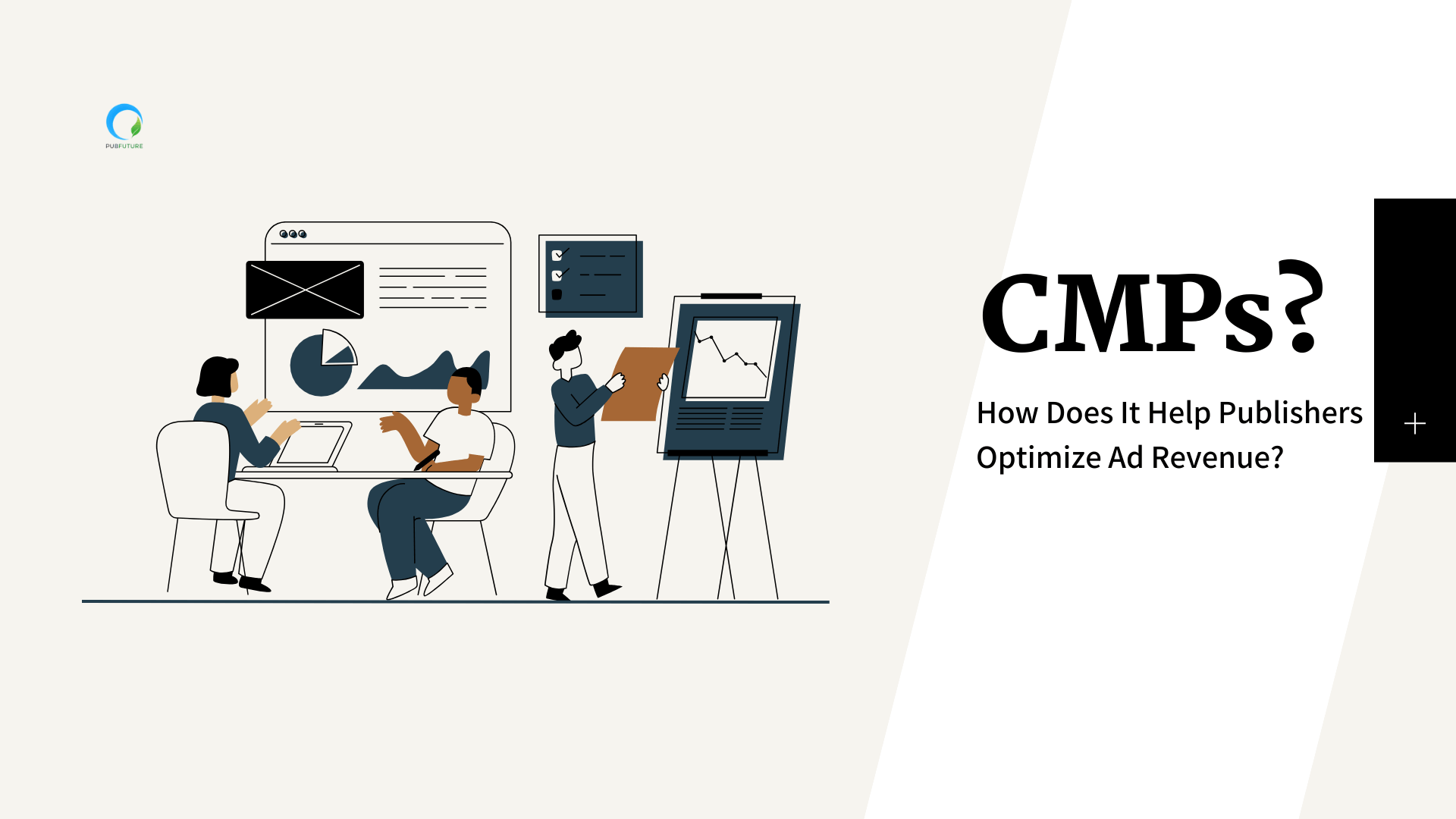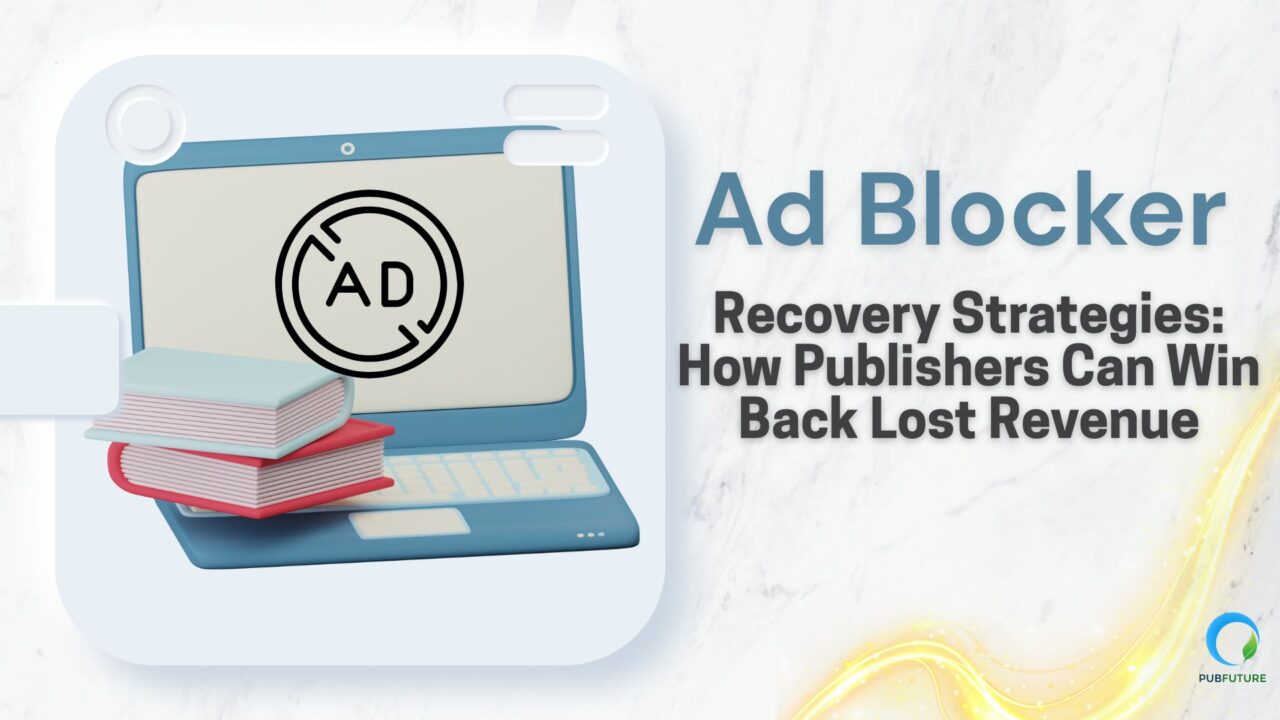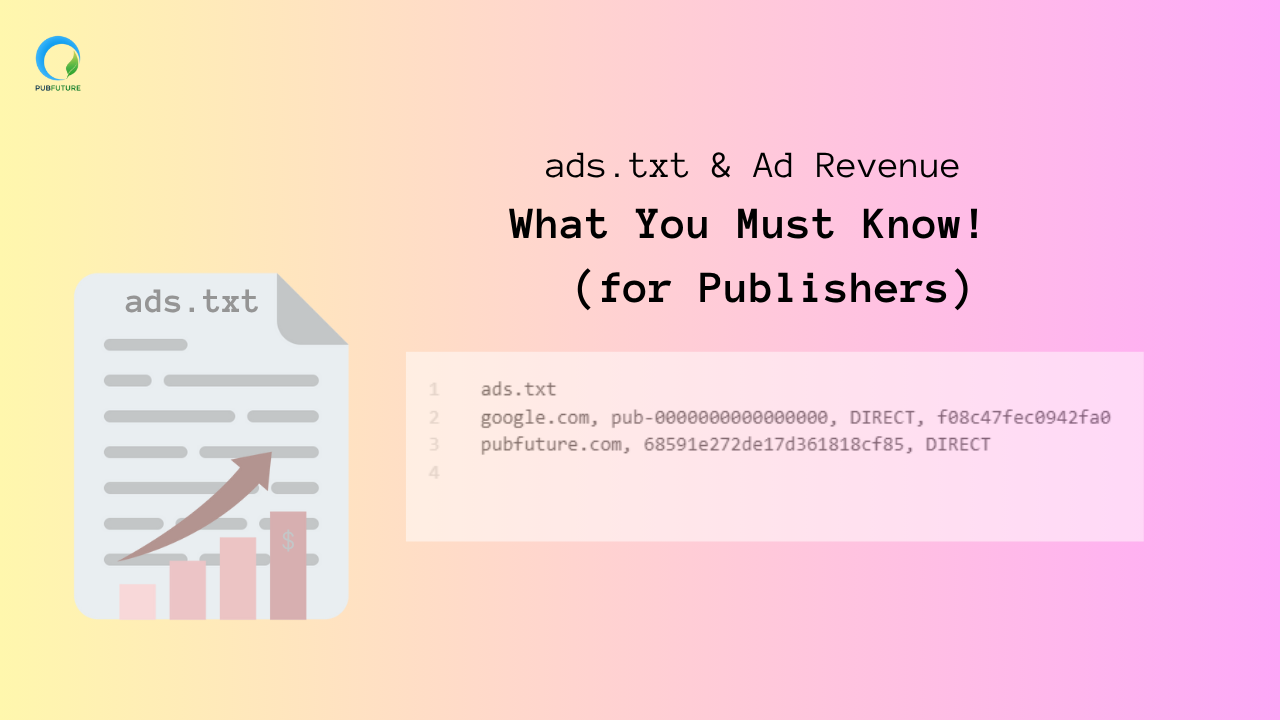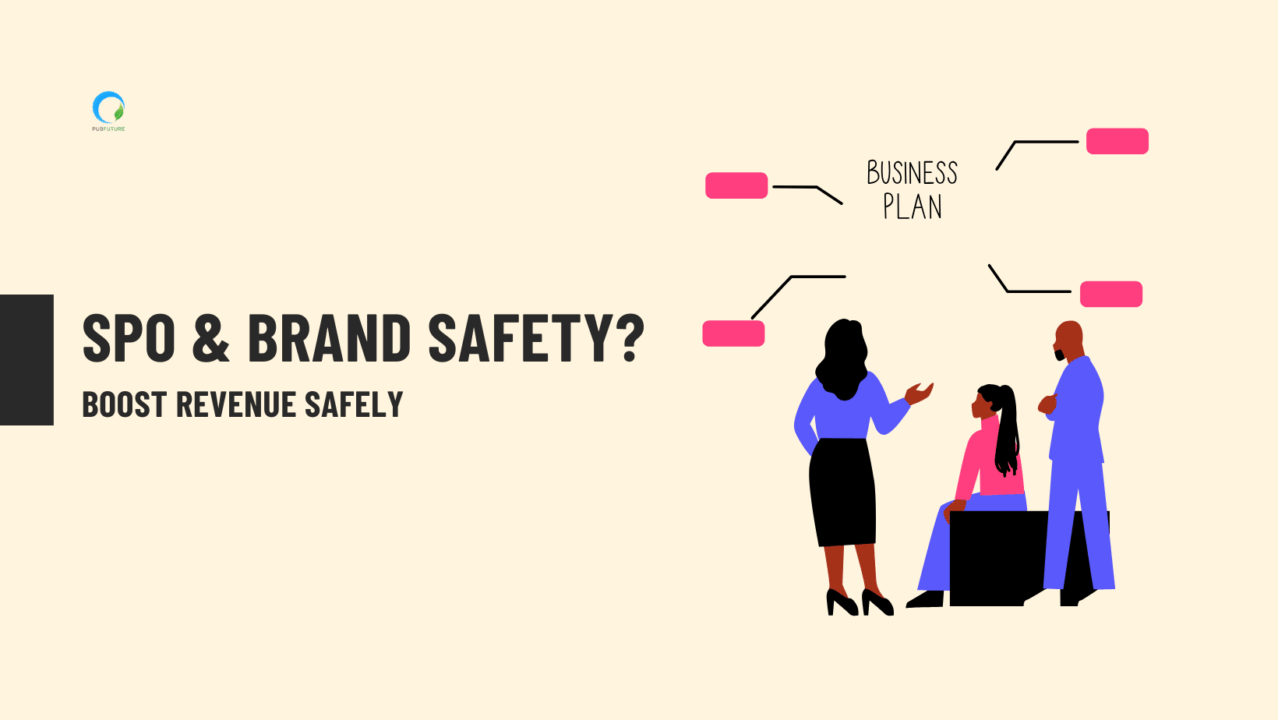In today’s data-driven programmatic ecosystem, Consent Management Platforms (CMPs) have become essential for publishers. With increasing privacy regulations like GDPR and CCPA, publishers need reliable solutions to collect, manage, and transmit user consent. A well-implemented CMP not only ensures compliance but also helps publishers optimize their ad revenue by building trust with advertisers and enabling better targeting opportunities.
What is CMP?
A Consent Management Platform (CMP) is a tool that helps publishers inform users about data collection practices, request their consent, and communicate those preferences to ad tech partners.

CMPs operate under the IAB Transparency and Consent Framework (TCF), ensuring standardized communication between publishers, advertisers, and vendors. By doing so, publishers remain compliant while still being able to monetize their inventory effectively.
Why Do Publishers Need a CMP?
1. Compliance with Privacy Regulations
Global privacy laws such as GDPR (Europe) and CCPA (California) require publishers to obtain explicit consent from users before collecting and processing personal data. Without a CMP, publishers risk legal penalties and losing advertiser trust.
2. Increased Transparency and Trust
By using a CMP, publishers demonstrate transparency in how data is collected and shared. This increases user trust and strengthens relationships with advertisers who value compliant and responsible publishers.
3. Protecting and Maximizing Ad Revenue
Non-compliance can lead to restricted demand from premium buyers who prioritize brand safety and compliance. A CMP ensures publishers remain eligible for these high-value campaigns, leading to higher CPMs and better fill rates.
4. Better Audience Targeting Opportunities
When users provide consent, advertisers can access more granular data for personalized targeting, resulting in higher bids and improved campaign performance. This directly boosts publisher revenue.
How Does a CMP Work?
A CMP typically functions in three main steps:
- User Notification: Displays a consent banner explaining how data will be collected and used.
- Consent Collection: Allows users to accept, reject, or customize their preferences.
- Consent Transmission: Shares this information with demand partners and ad tech vendors through the TCF string.
This process ensures that all ad transactions respect user choices, while keeping publishers compliant and monetization intact.
How a CMP Helps Publishers Optimize Ad Revenue
- Enables Access to Premium Demand: Advertisers prefer buying from compliant publishers.
- Improves Brand Safety: Protects publisher reputation by preventing non-compliant ad serving.
- Supports Long-Term Growth: Transparency and trust increase user loyalty and repeat visits.
- Enhances Bid Value: Advertisers bid more when user consent allows for better targeting.
Best Practices for Publishers Implementing CMPs
- Choose an IAB-certified CMP for seamless integration.
- Keep your consent banner clear and user-friendly.
- Regularly update vendor lists to stay compliant.
- Monitor consent rates and ad revenue performance to optimize strategy.
Conclusion
A Consent Management Platform is no longer optional — it’s a critical tool for publishers who want to stay compliant, build trust, and maximize ad revenue in today’s privacy-first programmatic ecosystem. By adopting a CMP, publishers ensure sustainable monetization, stronger advertiser relationships, and long-term growth.









